Hey, did you know March 16 is #NationalPandaDay? And in honor of the occasion, 9NEWS has rounded up some giant panda facts and adorable photos to be cooed over.
1. WWF's panda logo was chosen for cuteness appeal and to save on printing costs
When the World Wide Fund For Nature, formerly World Wildlife Fund, got its start in 1961, the organization knew it needed a "strong, recognisable (sic) symbol that would overcome all language barriers," its site says.
At the same time, Chi-Chi the giant panda had come to the London Zoo, and it was decided that she would be an excellent basis for the logo with "her appealing, black-patched eyes."
"We wanted an animal that is beautiful, is endangered, and one loved by many people in the world for its appealing qualities," one of WWF's founders Sir Peter Scott is quoted as saying. "We also wanted an animal that had an impact in black and white to save money on printing costs."

2. There's a tiny window of opportunity for female pandas to breed
When discussing its captive breeding program, Pandas International noted that the females have an annual mating cycle in the spring, where a female is fertile for only 24 to 36 hours.
Scientists often have to rely on artificial insemination, then wait to see if a pregnancy takes. Another difficult task, as female pandas can go through psuedopregnancy and show all the symptoms of being pregnant such as sluggishness and decreased appetite; undergo embryonic diapause and have a fertilized embryo that can take more than 100 days to be implanted in the uterine wall and along the embryo to continue growing; and often, panda fetuses are too small to show up on an ultrasound.
This means a pregnancy sometimes isn't certain until the baby is actually born, Pandas International said.
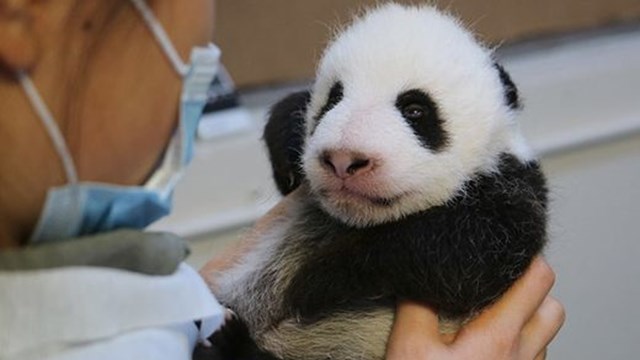
3. A group of pandas is called an "embarrassment of pandas"
Strange collective nouns for a group of animals isn't all that strange. Aside from embarrassment of pandas, Independent also noted there's an "ostentation of peacocks," an "aurora of polar bears," a "dazzle of zebras" or an "implausibility of gnus."
Still, we're not sure how pandas are embarrassing. Unless we're to be embarrassed by how cute we can find them?
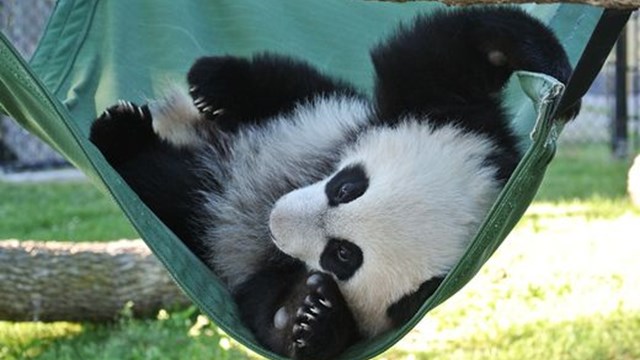
4. They spent half the day eating
National Geographic said that giant pandas spends 12 hours eating, and need about 28 pounds of bamboo to meet their daily dietary requirements.
Sometimes, pandas will also eat birds or rodents.
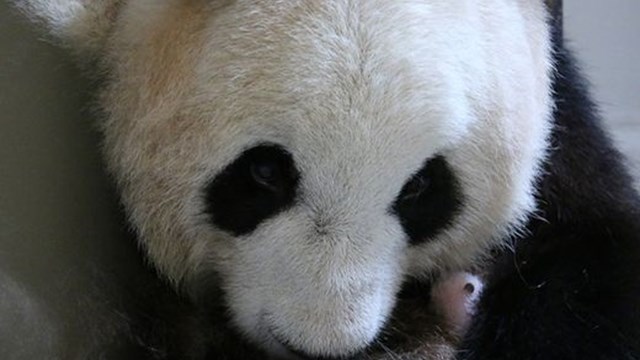
5. But they're terrible at digesting their bamboo
Live Science said that giant pandas lack the gut bacteria to properly digest their bamboo. Most of their gut bacteria is better suited to digesting meat, leaving them able to only digest about 17 percent of the bamboo they eat.
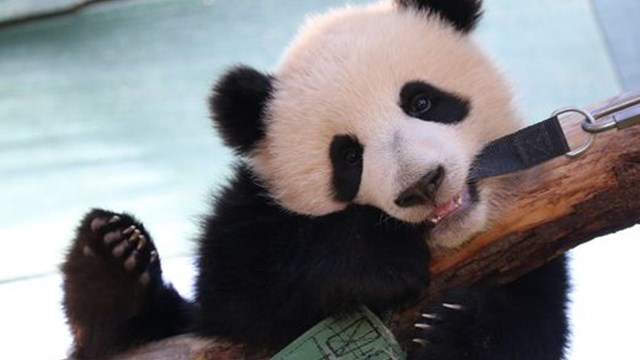
6. Their bite is worse than their bark.
Pandas are cute, yes. But don't mistake that for harmlessness. Giant pandas have one of the highest bite forces of any carnivore, BBC.com said.
This strong bite is needed to crack through the hard protective sheath of a bamboo stem.
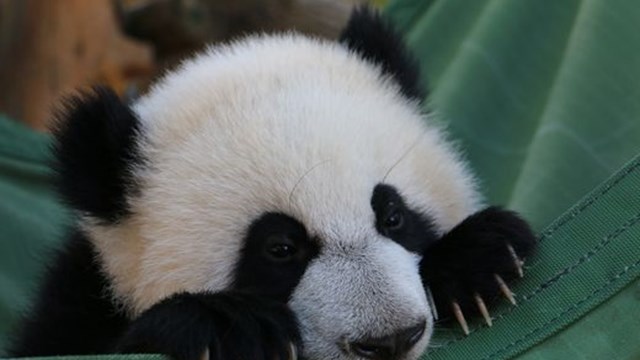
7. Their sex lives are very different in the wild versus captivity.
Pandas are, well, kind of kinky in the wild. BBC.com reported that threesomes or more aren't unheard of amongst wild pandas, and that zoologist George Schaller recorded a male panda mating with a female at least 48 times in a little more than three hours, which averages out to about once every three minutes.
Compare this to male pandas outside of their habitat, where more than 60 percent show no sexual desire at all, another article from BBC.com said. And not for lack of stimulus, as the Chinese have tried traditional herbs and even "panda porn," which as you might guess is explicit video of pandas getting it on.

8. Pandas don't hibernate
Pandas buck the bear trend and skip out on winter hibernation, WWF noted. Instead, they move down the mountain to find warmer weather, moving back up to cooler parts when summer comes.
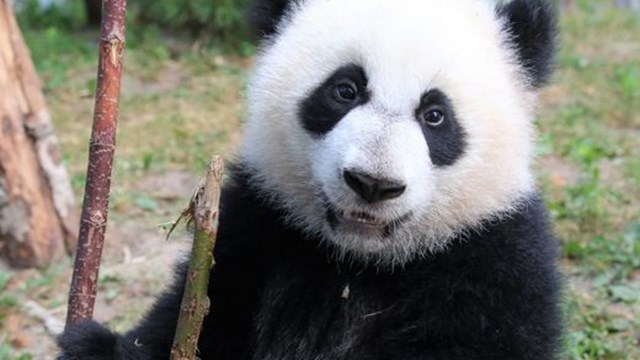
9. They're no longer considered endangered.
Might you, they're only the next step up. The IUCN Red List of Threatened Species has them at "vulnerable." Which basically means that while there's still a high risk of extinction in the wild, there's a longer estimated time before they do so than if they were endangered, according to the list's criteria.


